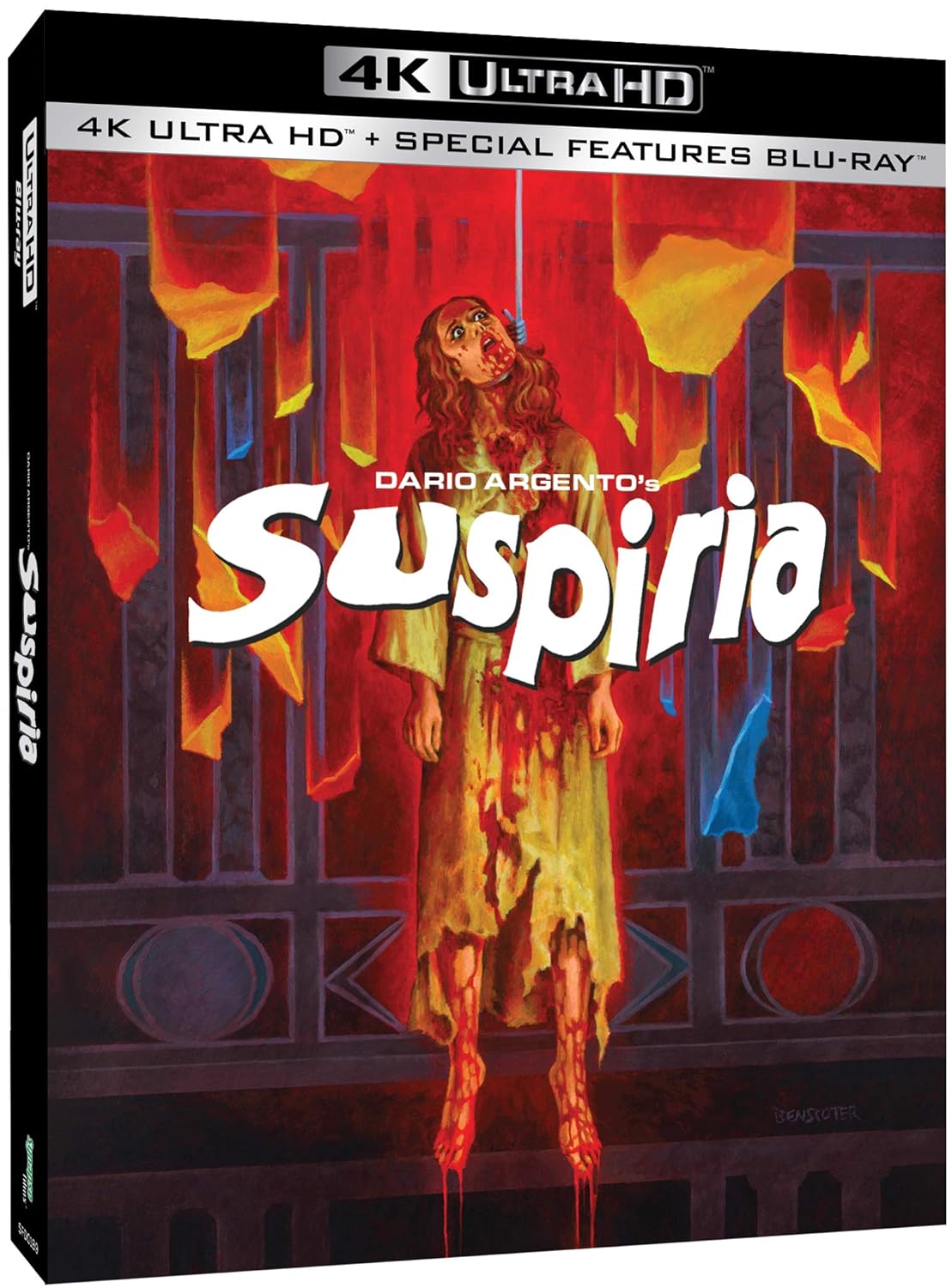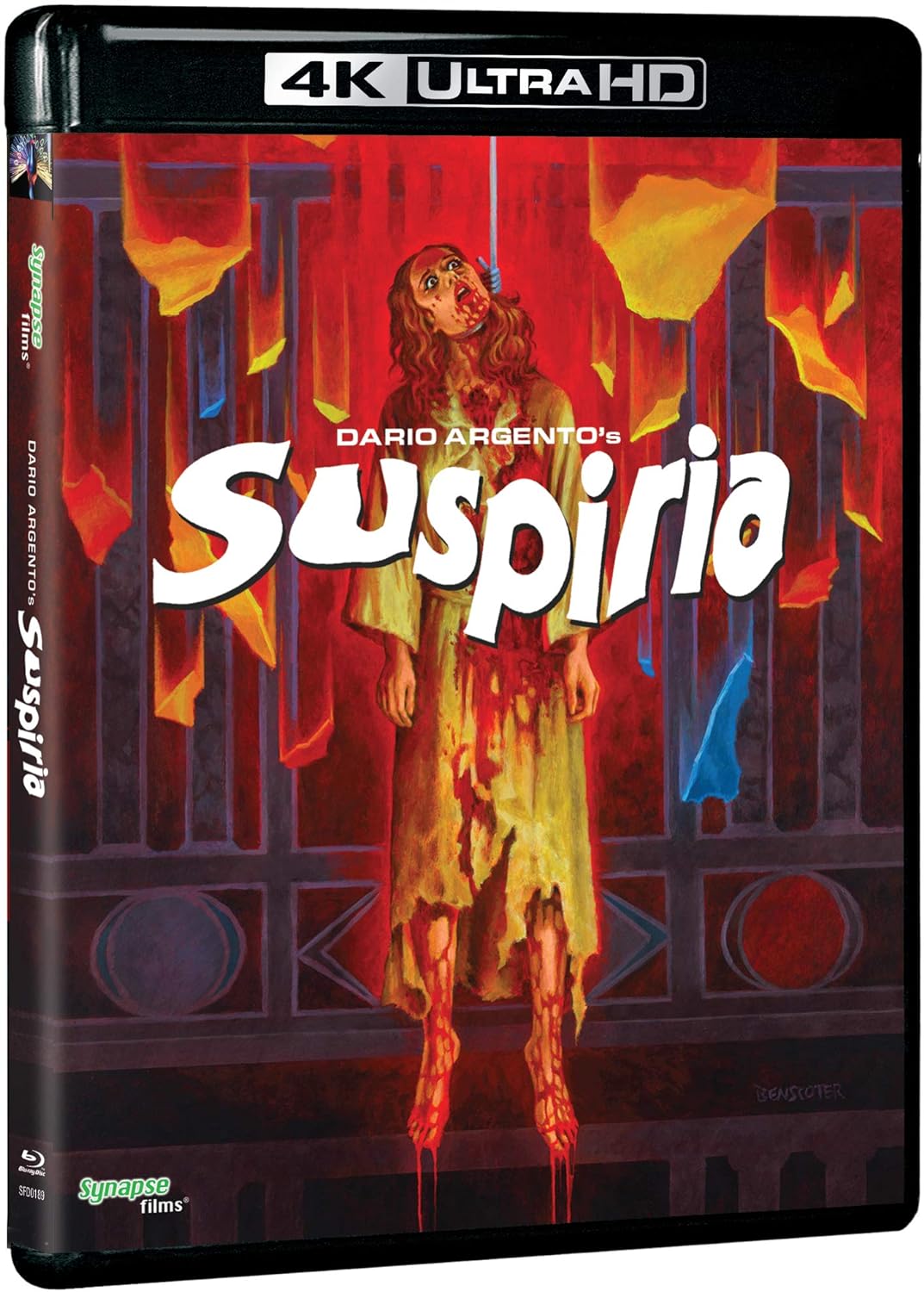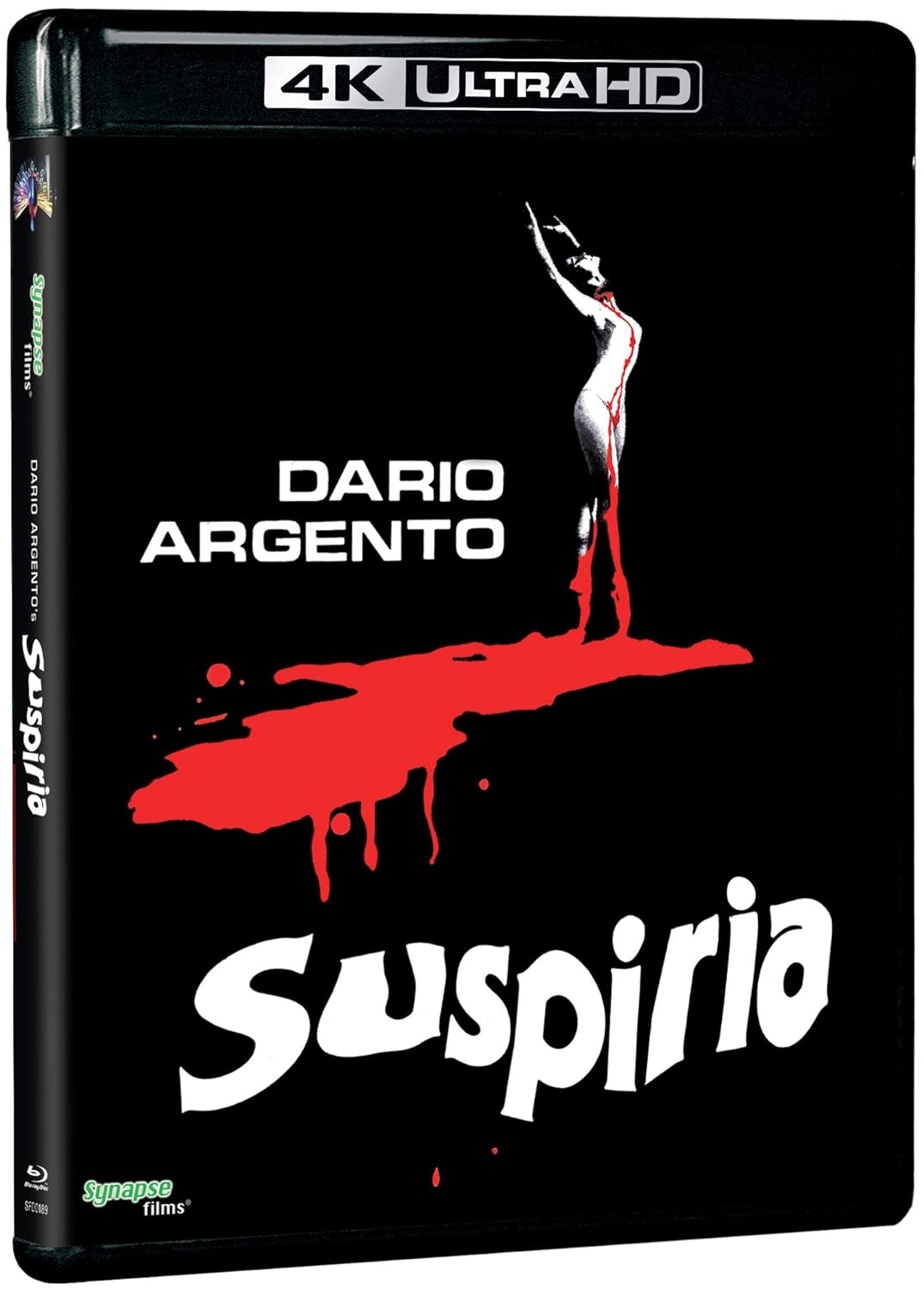I try to answer the question as to why HDR (High Dynamic Range) was not part of the equation with regard to the restoration and presentation of SUSPIRIA in as simple terms as possible - but the subject is more complex so bear with me here bit. To keep in mind from the start are TWO THINGS:
- FIRST: Our clear task and order - by the world rights owner - was to restore SUSPIRIA to its TRUE ORIGINAL FORM as it was presented in 1977 on the Technicolor Dye Transfer process prints working primarily from the original picture negative in order to achieve this. As an essential part of that task we that we had to make sure that all the colours in all their respective primary, as well as secondary shades/values that make SUSPIRIA what it actually is, are as accurately preserved and presented in all formats as best as technically possible.
- SECOND: 4K and HDR are not the same thing nor do they relate necessarily to one another.
HDR is primarily being used by and in the industry these days for the work on NEW PRODUCTIONS involving DIGITAL CAMERAS and the processing in post-production that would follow. The standards set and the requirements necessary are accordingly and are not related to analogue film.
However, and unfortunately, in order to (marketing-technically) push the 4K UHD format HDR is also being applied to (older) productions that were originally made ON FILM and that were never made or intended to be made with HDR processing in mind. SUSPIRIA is, of course, such a case, having been made on analogue film.
Essentially, the reason for the decision NOT to use any of the HDR processes is four-fold:
- HDR is and never was part of the original production of SUSPIRIA, nor any other film of that era. While SUSPIRIA was produced on 35mm film negative (Eastman, the original prints in Europe were Technicolor Dye Transfer, using a very separate colour process) - which has its very distinct colour definition and standards.
- HDR, because of the very nature how it works and is implemented, drastically changes the entire colour tones/shades in their respective registration in the spectrum. That means in turn that ALL the effort of painstakingly restoring the colours to their original form would be contradicted and changed severely rendering the restoration/preservation process effectively useless.
- The technical standards that apply (SMPTE for the film industry - as well as EBU/ITU for broadcasters are just as different to all types of film as they also are for digital media - as is the philosophical debate to work with them. This is what makes this area so complex and the presentation on ordinary or even highest end displays so difficult as these standards are not always and everywhere (properly) implemented.
To make it short, the demands on both ways of filming and the requirements that need to be met during shooting on the set for both as well as the post-production that follows are WAY DIFFERENT. So, the two are very "different animals" to begin with. HDR, in a way, is like applying a 3-D stereoscope render to a normal film. It is an interference in the original process that was made in 1977.
- Now, many ask the question about the colour space(s). Some even argue that the REC 709 colour space is "inferior" and the REC 2020 "is the only thing". That claim, however, is simply - and completely - inaccurate. For one, REC/ITU 2020 is - to this day - not supported 100% BY ANY DISPLAY or PROJECTION at home or in theatrical environments (mostly not even on the highest professional level) so in essence you cannot even see 2020 in its true form nor can you properly work in it, making the work effectively a shot in the dark.
To make matters worse, the various displays on the home market "define" HDR and the colour space implementations VERY DIFFERENTLY. To most who appreciate HDR's processing to higher contrast it should be noted that it also dramatically changes the colour spectrum, much of it uncontrollably because of the above-mentioned problems with the 2020 colour space - shifting the colour tones for instance from what originally would register predominantly red to more bluish/magenta. This effect is very, very complex and CANNOT easily be "countered" let alone 100% perfect to its original position(s) in the colour spectrum. So, 2020 is not only unreliable, it is creating the problem on its own.
Also, keep in mind that the standards defined for 4K UHD Discs do not allow for genuine P3 signals (the standard for theatrical 4K DCP production) to be used. And: the actual original film colour space is also not equal to that of REC 2020 anyway as REC 2020 is, after all, a VIDEO STANDARD. So, this is a conundrum requiring a solution of a common denominator.
So, what we did do was to use the very basic component that EVERYONE would be able to see the films' accurate colour registration - identically - on Blu-ray Disc and 4K UHD, and where the colour space definition IS SOLID and can be seen accurately - provided the screens are PROPERLY calibrated as best as technically possible. The best common denominator to preserve the colours presented ORIGINALLY in SUSPIRIA is, in that case, the colour space of REC 709.



